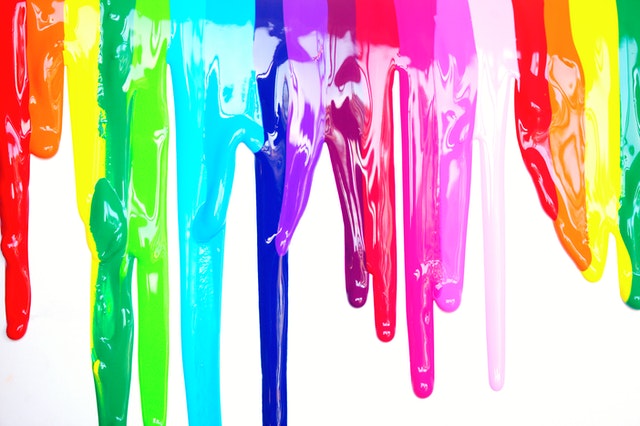
How Colour Can Improve Mood..
We all have our favourite colours, and which colour rooms should be painted are often a bone of contention when decorating a new house. In this article we will explain some of the popular theories of how colour affects mood, so that you can decorate the rooms of your house to reflect the mood you want them to have.
Societies such as Ancient China and Egypt believed firmly in the healing power of colours. This is still practised by some holistic practitioners, who associate red with a stimulation of the body and increased blood flow. Yellow is said to stimulate nerves, whilst orange benefits the lungs. Blue is thought to soothe illness and pain, whilst indigo is used for skin conditions.
The effects of colours have also been studied by modern scientists, who found that blue streetlights reduced street-crime, red caused people to react faster and with more force, and that “warm” coloured placebo pills were found to be more “effective” than “cooler” coloured ones.
Lisa Byrne, who has written extensively on wellness and self-care, states that red is associated with “high energy and power”. This means that is promotes courage, drive, strength, alertness, and speed. However, she also cautions us to be careful of too much red; an excess could provoke irritation, anger, or hostility. She advises to use red as an accent rather than a primary colour in décor, and to avoid using it for rooms intended for relaxation and rest.
Orange is said to have a warm and inviting quality, which provokes people to feel sociable, connected, and happy. It “promotes extroverted behaviour”, which makes it a perfect colour to use in spaces like living dining rooms. However, because it does contain red it is possible to overuse it; if you are absolutely certain that you want an entire room in orange it may benefit you to choose a light shade of it to avoid it being overpowering.
Yellow is said to be the colour of optimism, happiness, and clarity, which promotes a positive mindset. It reminds us of sunshine, energy, and summer. Interestingly, scientific studies have shown that prolonged exposure to deep shades of yellow increased hyperactivity and irritability in babies. As with orange, less can be more, and you may find it beneficial to choose lighter shades.
Green is a fantastic colour to pain rooms such as bedrooms and lounges. It reminds us of nature, and provokes feelings of equilibrium and tranquillity. This can be a highly calming influence on a household. If you want to add a splash of green to a room but don’t want to commit to the potentially arduous task of painting then houseplants and herb-gardens can be a brilliant way to do this.
Another excellent colour to promote a sedate atmosphere in your abode is blue. Indeed, a massive study of 10 countries found that blue was the unanimous favourite in all of them. Blue reminds us of the ocean, the sky, and as it is favoured by so many people it is considered a perfect neutral tone to have in your home. It is associated with stability and reliability, which is why so many businesses use it in their logo.
Interestingly, blue is also the “least appetising” colour; it is very rare to find naturally blue foods which is why catering rubber gloves and plasters are usually bright blue. This means that it may not be a good choice to paint kitchens or dining rooms, although if you have your heart set on this it is advisable to use sky blue. This also helps the ameliorate some of the associations some people have with dark blue and depression or low-moods.
According to Lisa Byrne, violet and light purple activates the problem-solving areas in our brain, which promotes artistic ability and creative thoughts. We also associate purple with sophistication and richness; during the Middle Ages the dye used to create it was so expensive only royals could afford it. This means that purple is a great way to add a touch of exclusivity to a house; if you want to do this in a toned-down manner then simple purple accents are a great way to do this. Purple houseplants such as Purple Shamrocks or African Violets also are a brilliant way to add purple to a room without committing to paint.
Of course, our reactions to colours are highly personal and cultural. This means that the colour your choose to paint your house are completely up to you, which is one of the fantastic things about owning a property. If you are unsure about how you think a room is going to look with a certain colour then there are websites where you can test this out virtually before you take the step of picking up a paintbrush.